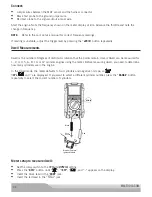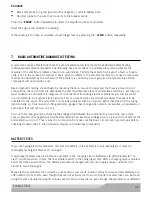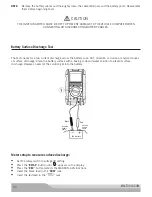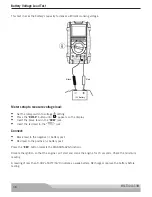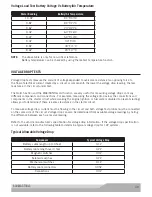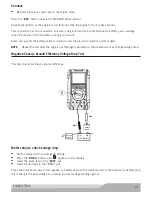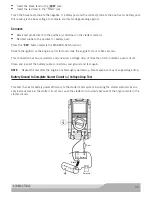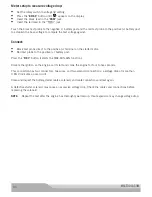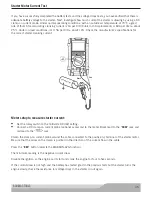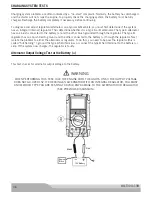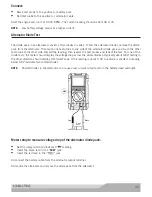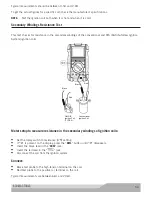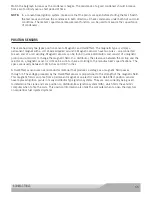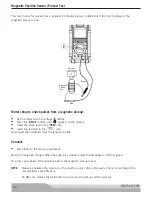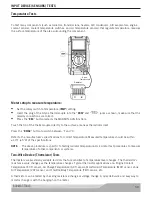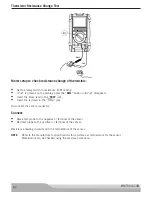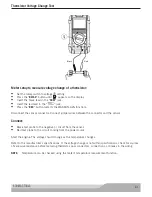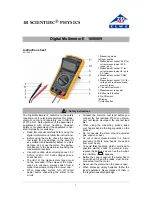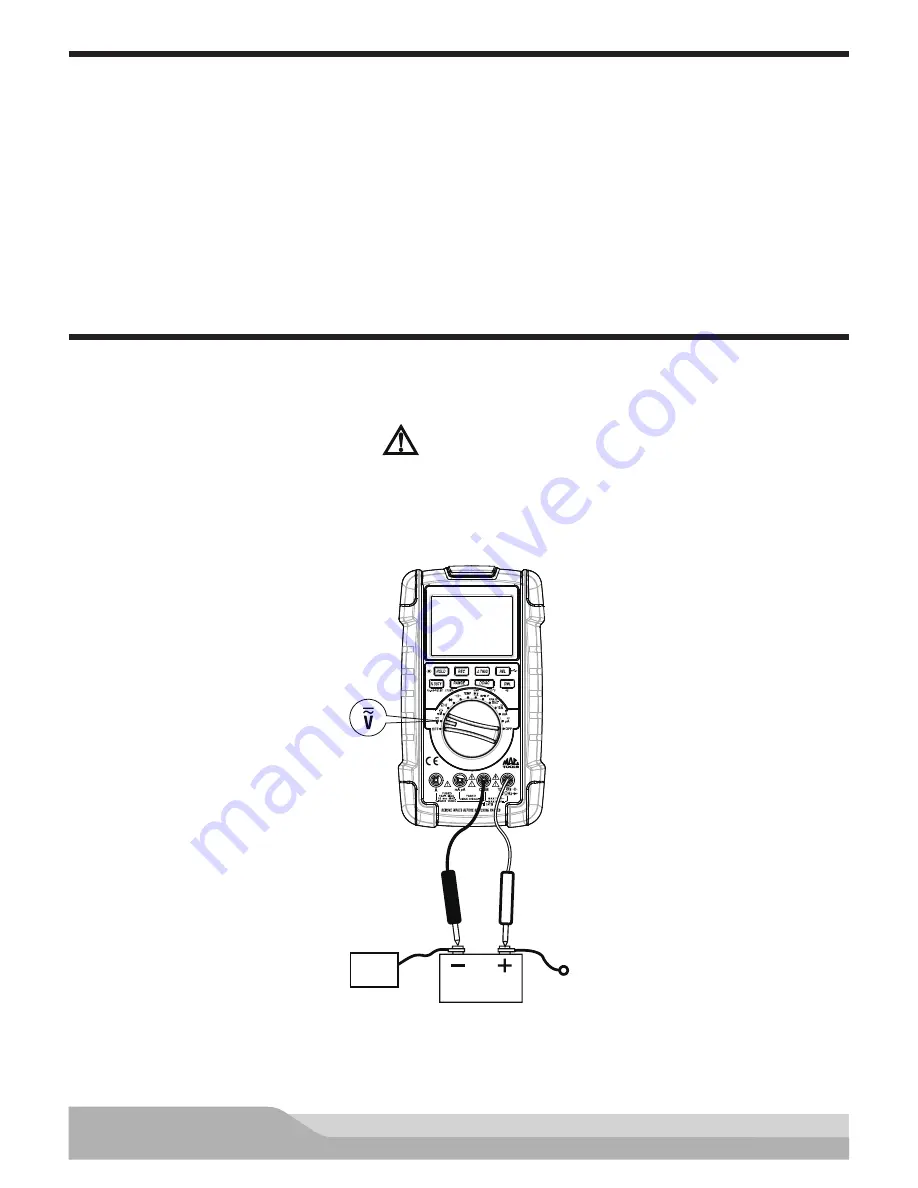
MACTOOLS.COM
46
CHARGING SYSTEM TESTS
Charging system problems are often indicated by a “no-start” complaint. Normally, the battery has discharged
and the starter will not crank the engine. To properly check the charging system, the battery must be fully
charged. Recharge the battery completely if necessary, before continuing.
To diagnose and adjust regulators/alternators on a typical GM vehicle, you must first determine if the system
has an integral (internal) regulator. Then determine whether it is a type A or B alternator. The type A alternator
has one brush connected to the battery (+) and the other brush grounded through the regulator. The type B
regulator has one brush tied to ground and the other connected to the battery (+) through the regulator. Next
isolate the problem to either the alternator or regulator. To do this, you need to by-pass the regulator (this is
called “full fielding “), ground the type A field terminal, or connect the type B field terminal to the battery (+)
side. If the system now charges, the regulator is faulty.
Alternator Output Voltage Test at the Battery (+)
This test checks for alternator output voltage to the battery.
WARNING
WHEN PERFORMING THIS TEST, IDLE THE ENGINE WITH THE LIGHTS ON SO THE OUTPUT VOLTAGE
DOES NOT GO OVER 15V. IF CHECKING AN ALTERNATOR WITH AN INTEGRAL REGULATOR, YOU MUST
KNOW WHICH TYPE YOU ARE TESTING TO AVOID ANY DAMAGE TO THE ALTERNATOR OR REGULATOR
(SEE PREVIOUS DISCUSSION).
Red
Black
12V Battery
Engine
Block

